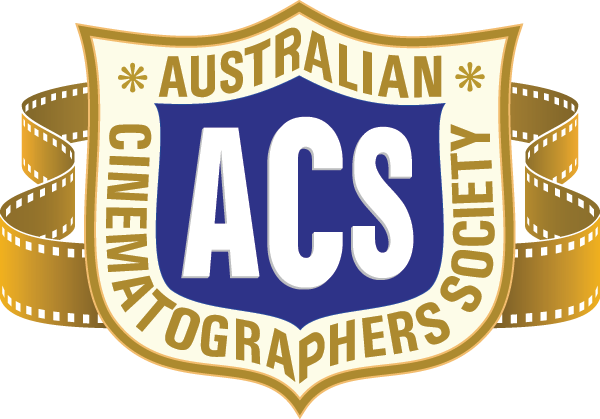 Hello friends,
Hello friends,
I was at a BBQ recently in Brentwood, LA having a gay old time when I struck up a conversation with an American TV writer Adam Simon (SALEM). Adam is an interesting person and is married to an Australian writer.
The conversation turned, as it somehow does, from talking about ourselves and onto filmmaking. There are only two conversations you have in LA. The one about yourself and how busy you are and secondly the one about how much you hate your agent. Adam raised what I believed to be a very interesting point. Why is it he asked that 10/12 people in a boardroom (Screen Australia) decide what an entire nation of people can or cannot view on TV or in the cinema? It is an interesting point you would have to agree.
The TV industry in the United States is booming, the film industry and distribution is tightening around the studio cartels. This is a commonly known fact. What is more interesting looking forward however, are the changes in the avenues for funding.
Most know about Netflix creating content and how successful it has been. Where is the competition? Well it is arriving in droves. Hulu, Amazon Prime even Youtube and now Vimeo. Vimeo is the classy Youtube, HD videos are posted every day from around the globe. So I read with interest yesterday in The Hollywood Reporter that Vimeo are broadcasting content. Vimeo is funding 6 new episodes of a web series called High Maintenance. “Vimeo is a platform that truly celebrates filmmaking” is the quote from the show’s creator Ben Sinclair. It will cost you $8 to watch 6 episodes. I could go on about crowdfunding through Indigogo. This is a whole other avenue…
What now for Australian filmmakers? Are you all feeling the same way that I am in that Screen Australia as a funding model may have run its race? As I have written before with only 2.5% of the total box office share this year something is not working in Australian films.
Screen Australia has a very important role make no mistake but perhaps it’s having to lift too much. I have been fortunate to work in both systems if you like. One based on free enterprise and risk and the Australian model which
involves government support. The two “funding systems” have their positives and negatives.
The great positive about government funding is the guaranteed distribution deal the film must have before it is even considered for funding. The positive of the free enterprise system is the volumes of money at hand and the whole attitude of I am going to make my film, my way and fund it however I want to. The big negative of this system is that there is no guarantee the film will be distributed at all….

What impresses me so much about filmmaking in the United States is that the young filmmakers back themselves! What they can produce on say $ 500 000 is astonishing. Their passion for making films never diminishes, and what is refreshing that they make the best with the money they have. I am referring mainly to the Indi film market, which is thriving given the nature and change in technology.
I think it’s time the industry had a conversation about the continuing role of the various funding bodies. How will Australian filmmakers tap into these very new and exciting systems of funding? To constantly rely on the whims of the political class is not practical anymore….
Tristan Milani ACS

